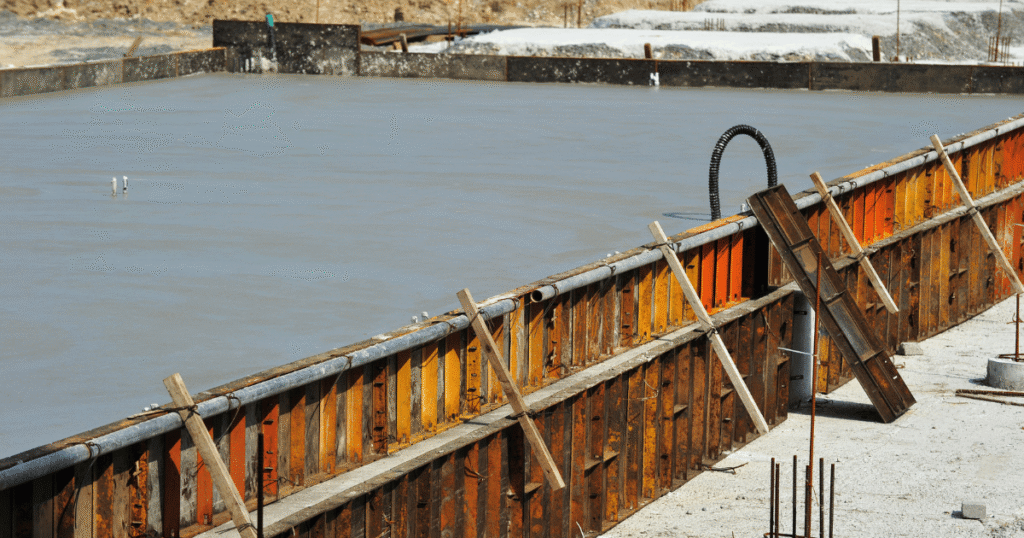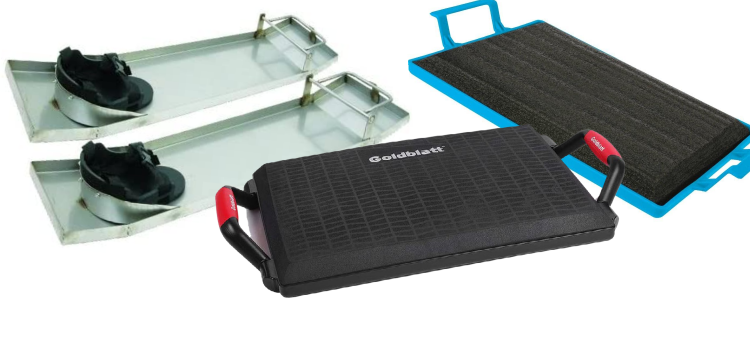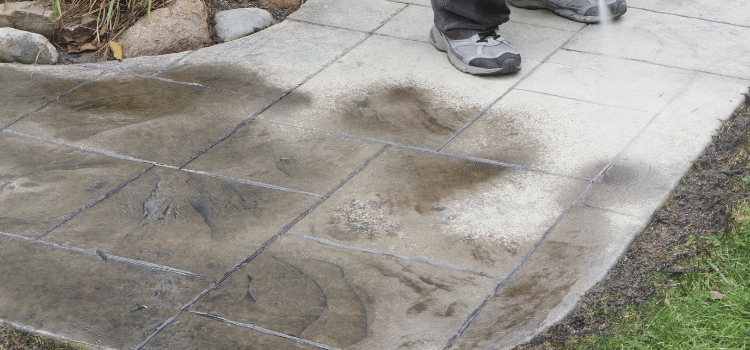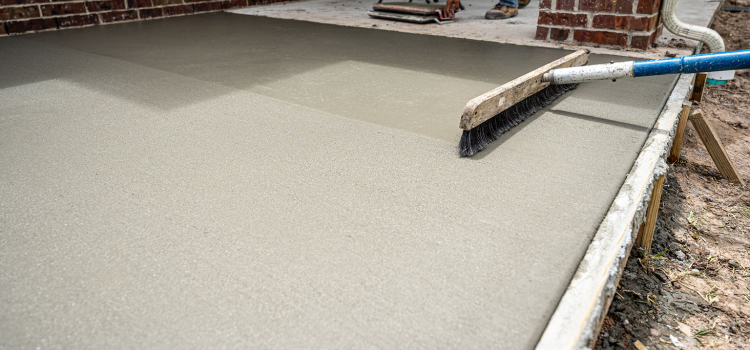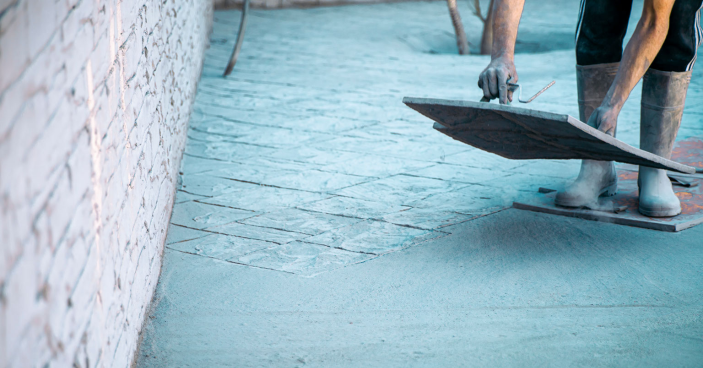How long does concrete take to cure?” It’s a great question, and a super important one if you want your project to last.
While concrete might look solid within a few hours, the truth is that curing takes a lot longer than you might think. Getting this part right can mean the difference between a strong, durable surface and one that cracks or crumbles way too soon.
Let’s break it down and talk about how long concrete takes to cure, what affects the process, and how to make sure you’re giving it the time it needs to reach full strength.
The Quick Answer: How Long Does Concrete Take To Cure?
If you’re just looking for the fast facts, here you go:
- Initial Set: 24–48 hours (okay for walking)
- Partial Cure: 7 days (can handle light vehicles)
- Full Cure: 28 days (100% strength)
So, how long does concrete take to cure completely?
About 28 days.
That’s the industry standard for when concrete is considered fully cured and has reached its maximum strength.
Curing Vs Drying: What's The Difference?
A lot of people confuse “curing” with “drying.” They’re not the same thing.
Drying is when the water evaporates from the surface of the concrete.
Curing is a chemical process that happens inside the concrete, as water reacts with the cement to form strong bonds.
Even if the top looks dry, the curing process is still going on deep inside. That’s why waiting the full 28 days really matters if you want strong, crack-resistant concrete.
Why Curing Time Matters
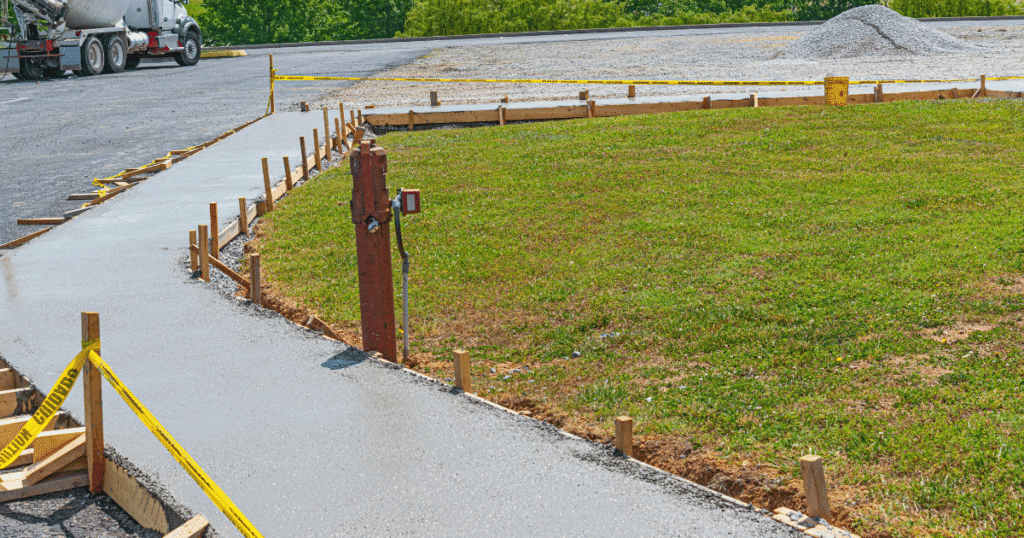
Understanding how long does concrete take to cure isn’t just about patience—it’s about performance.
Rushing the process can lead to:
- Cracks
- Weak spots
- Surface flaking
- Reduced durability
Concrete gains strength gradually, and interrupting the curing cycle (by adding too much weight too soon, for example) can cause permanent damage.
What Effect How Long Concrete Takes To Cure?
Even though 28 days is the general rule, several factors can influence how fast or slow your concrete cures.
1. Weather Conditions
Temperature and humidity have a big impact on curing time.
Hot weather can cause concrete to dry too fast, which weakens the final product. Cold weather can slow the chemical reaction, delaying curing.
Wind and low humidity can dry the surface too fast and cause cracking.
Pro Tip: In very hot or dry conditions, it’s important to keep the concrete moist (more on that below).
2. Mix Design
Different types of concrete mixes have different curing times.
High-strength or fast-setting concrete can cure quicker, while mixes with added admixtures might take longer.
3. Water-to-Cement Ratio
A lower water-to-cement ratio usually means stronger concrete, but it may also mean longer curing times. More water can speed up the early stages, but it can reduce overall strength if not managed properly.
4. Thickness of the Pour
Thicker slabs of concrete take longer to cure all the way through. The more volume there is, the slower the heat and moisture can escape, which slows down the curing.
How Long Concrete Takes To Cure Timeline Timeline
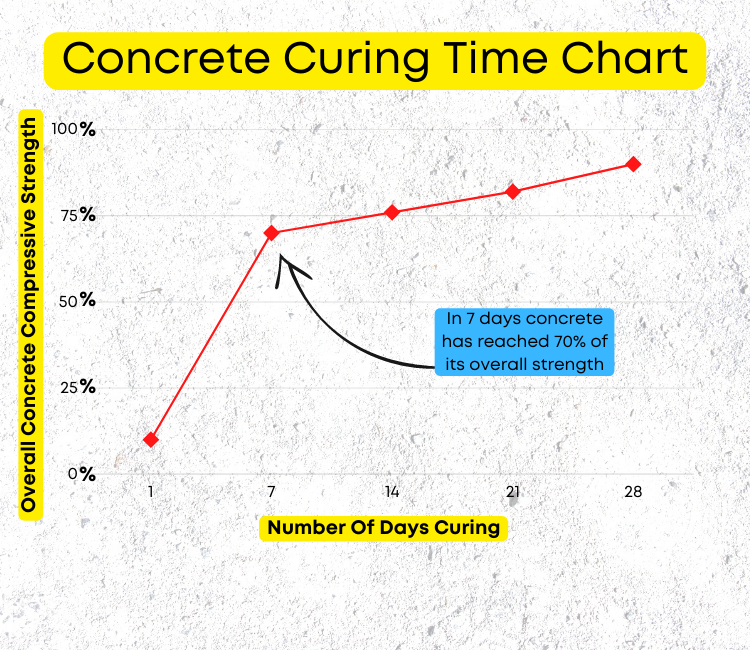
Here’s a quick breakdown of what to expect during the curing process:
Day 1–2: Initial Set
Concrete hardens enough to walk on. Avoid driving or placing heavy objects on the concrete.
Start keeping the surface moist if needed
Day 3–7: Early Strength Development
Concrete gains about 70% of its final strength
Light vehicles may be okay (check with your contractor or product guidelines)
Day 7–14: Steady Progress
Concrete continues to harden and strengthen
Moisture curing should still be maintained in many cases
Day 28: Full Cure
Concrete reaches full strength (about 4,000 psi for standard mixes)
Ready for heavy loads, machinery, and long-term use
How To Help Concrete Cure Properly
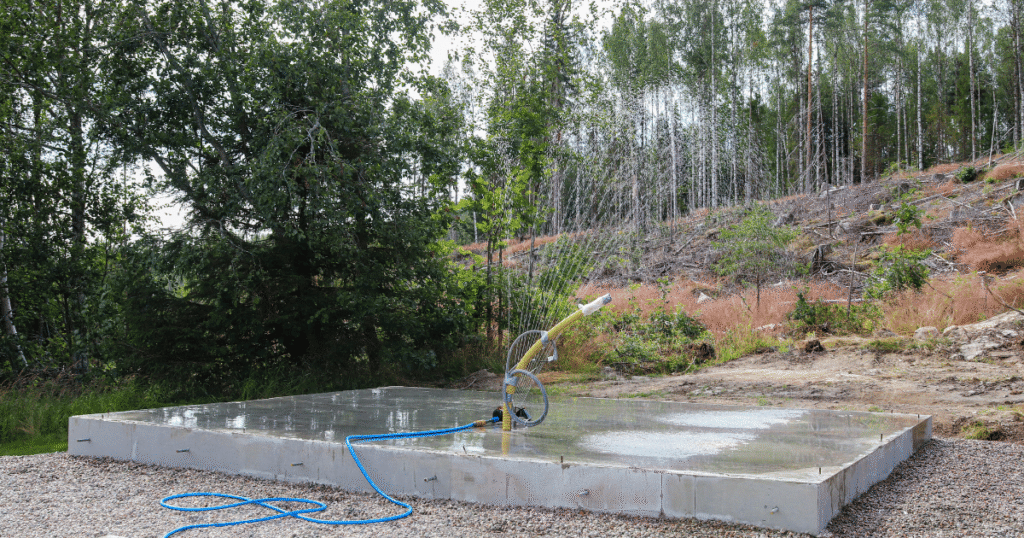
Want to make sure your concrete lives a long, strong life?
Here are a few things you can do to support the curing process:
✅ Keep It Moist
Concrete needs water to cure! Keep the surface damp by:
- Spraying it with water several times a day
- Covering it with wet burlap or plastic sheeting
- Using a curing compound spray
✅ Protect from Extreme Weather
Use blankets, covers, or sunshades in very hot or cold weather. Rapid changes in temperature can mess with the curing process.
✅ Stay Off It
Don’t walk on concrete for at least 24 hours, and avoid vehicles or heavy loads for at least 7 days (ideally 28).
FAQs:
Here’s a quick-hit list for common questions:
Q. Can I walk on it after 24 hours?
A. Yes, walking is usually fine after 24–48 hours.
Q. Can I drive on it after a week?
A. Light vehicles might be okay, but avoid heavy trucks until 28 days.
Q. Do I need to keep it wet the whole time?
A. For the first 7 days, yes—especially in hot or dry conditions.
Q. What if it rains?
A. Rain in the first few hours can damage the surface. After that, it’s usually fine and may even help.
Final Thoughts
So, how long does concrete take to cure?
While the short answer is 28 days, it really depends on the weather, mix, and how well you treat it during that time.
It might be tempting to rush the process, but taking care during the curing phase ensures your concrete will stay strong and stable for years to come.
Whether you’re doing a DIY sidewalk or pouring a foundation, a little patience now pays off big time later.
More info on the concrete curing time chart.


